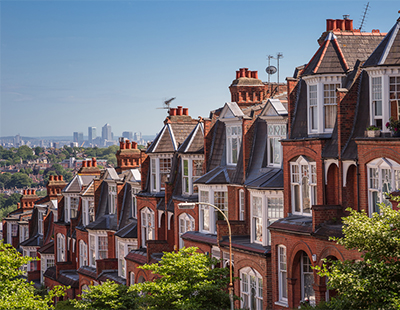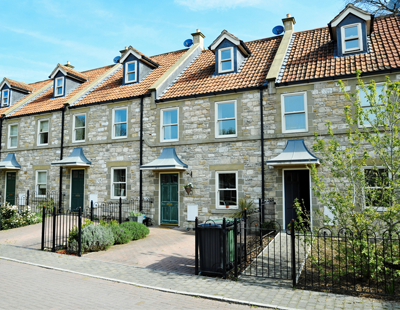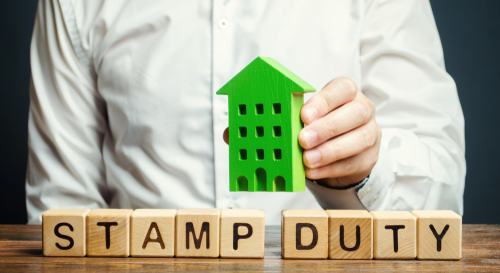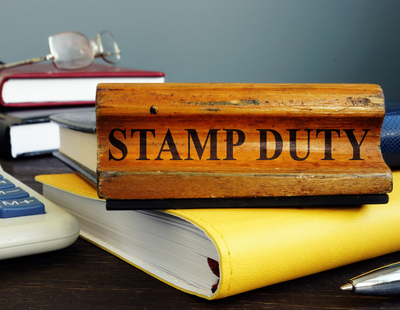Data and statistics are never in short supply for those of us working in the property sector.
But one set which really caught my eye this week provided a positive snapshot of the current situation in the new build market.
According to easyMoney’s New-build Sector Review during Quarter 4 of last year, 17.4% of new-build homes listed for sale across Britain’s major cities had already found a buyer. Although this is a decline of -1.1% on an annual basis, it’s still a good number.
Southampton was the city with the highest level of new-build buyer demand, where 38.8% of properties had already been snapped up. Demand was also impressively high in Bournemouth (38.5%), Bristol (27.2%), and Portsmouth (25.7%). This underlines, again, the growing interest there is living in the south west of England.
However, it was actually in Wales, where buyer appetite for new builds saw the largest annual jump. Cardiff has seen demand up by 6.3% on last year, followed by Southampton at +6%.
We always expect new home prices to be higher than their pre-owned equivalent.
The reason for this is in part due to the premium we put on new homes. Being the first person to walk on the carpets and use the kitchen is similar to people purchasing a new car. Your heart is buying that ‘new car smell’ even if your head is saying it doesn’t make financial sense.
Purchasers also like the fact that everything is guaranteed – in theory nothing should go wrong with the heating, wiring or appliances for many years. Of course, the reality can be a little different!
Buying schemes often appeal to cash-strapped buyers too – something that just isn’t available on the second-hand market.
For example, Barratt is currently offering Part Exchange, Key Worker Discounts and Deposit Boosters to allow people who may not otherwise be able to afford a home, or sell their own to buy one, to move.
This appeals to older buyers especially who often don’t like the idea of uncertainty that is part and parcel of the second-hand market.
The Cost of Living Crisis may, somewhat ironically, have helped push up prices of new property. The average used home is a Band D, compared to 82% of new builds being Band B. In reality, the cost of additional energy annually may be fairly low – perhaps £1000 a year or so, but the desire to save money and minimise environmental damage drives demand higher.
The much-discussed shortage of property has also been a factor.
In many areas, cities especially, fewer homes are coming to market and owners are staying put for longer. Many are owned by investors who again, hang on to them for longer meaning less liquidity of housing stock.
New developments in affected areas may well form the majority of homes available to buy.
These factors have led to these positive numbers which will come as a surprise to many, myself included. But it is a welcome one.
Over recent years the big house builders have been playing it safe, and restricting their plans in line with economic uncertainty. It’s clear that Britain’s housebuilders and developers have been keeping their cards close to their chest over the last year in the face of widespread economic uncertainty. But demand for new-build homes clearly remains strong. As market conditions gradually improve in 2024, this could tempt developers to bring more stock to market. It’s good news to build on.
And we desperately need it.




.png)





















Join the conversation
Please login to comment